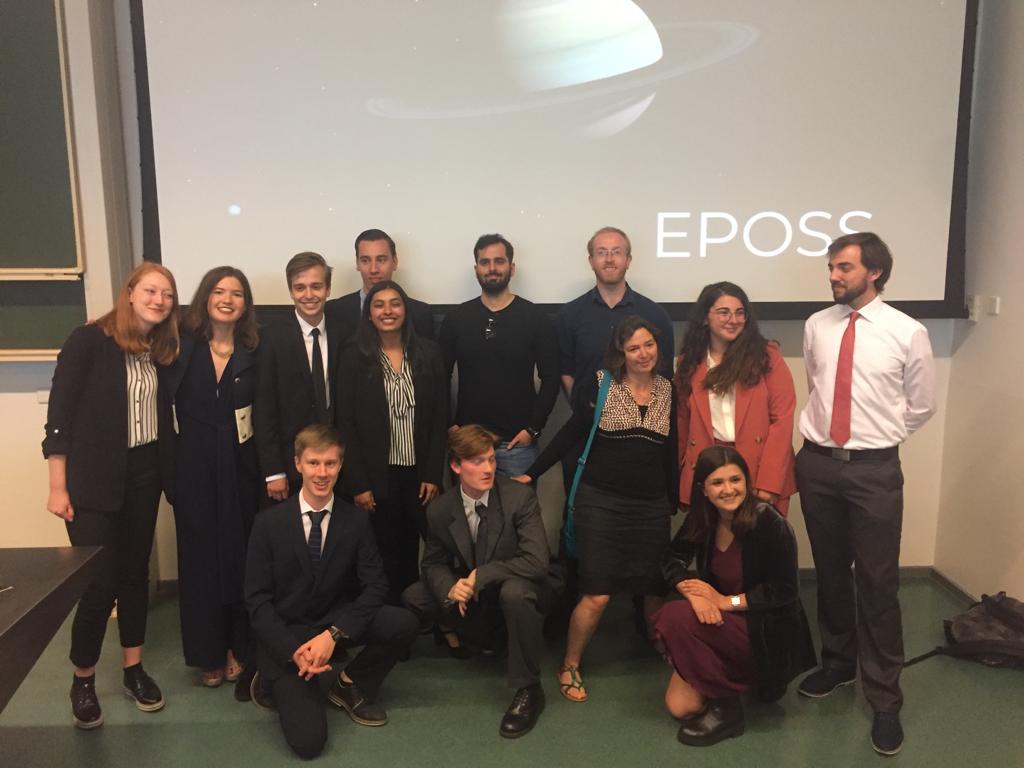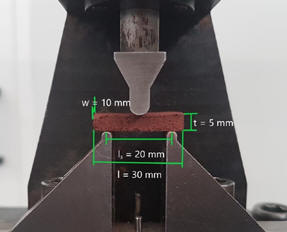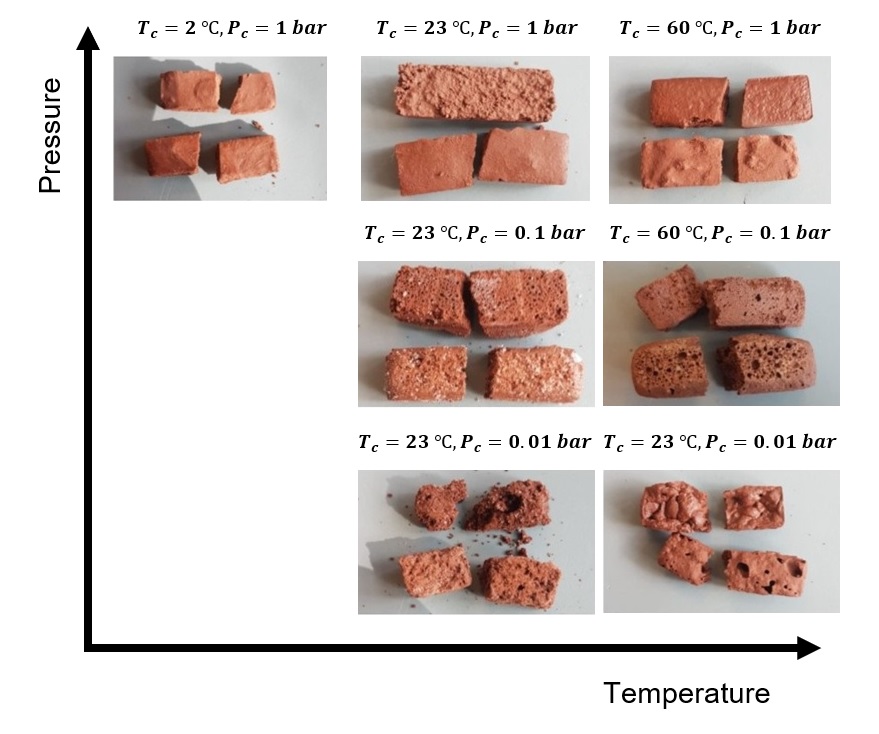Space exploration
3D printing Martian habitat
Limitations of manned missions include limited amount of payload that can be transported to the target body, and human vulnerability to harsh pressures, temperatures and space radiation. Hence, it is preferable that the potential landing location for humans has a constructed habitat that should preferably be made from in-situ materials before humans arrive. This means that the prospect of utilizing a readily available Martian material, such as regolith, in an easily programmable manufacturing method, such as 3D printing, is very lucrative. The goal of this project is to develop explore a mixture containing Martian regolith for the purposes of 3D-printing in unfavourable conditions.
Regolith has the properties that allow it to act as geopolymer in the presence of appropriate alkaline binder, and hypothetically a very low amount of such binder is needed. For the sake of this project, a simplified binder which consists of water and Sodium Silicate is used. Martian conditions are less favourable for the curing of such mixture because of low temperature and pressure on the surface of the planet. Manufacturing through 3D-printing, as compared to moulding, might also have an effect on the resultant mechanical properties. In order to evaluate mechanical properties of the mixture, sample moulding and 3D-printing was supposed to be conducted at various curing conditions, together with comparing the properties of resultant samples.
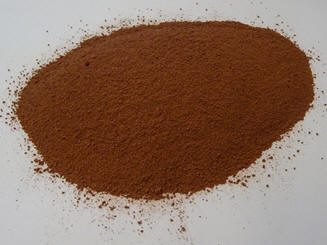
Mars-simulant regolith
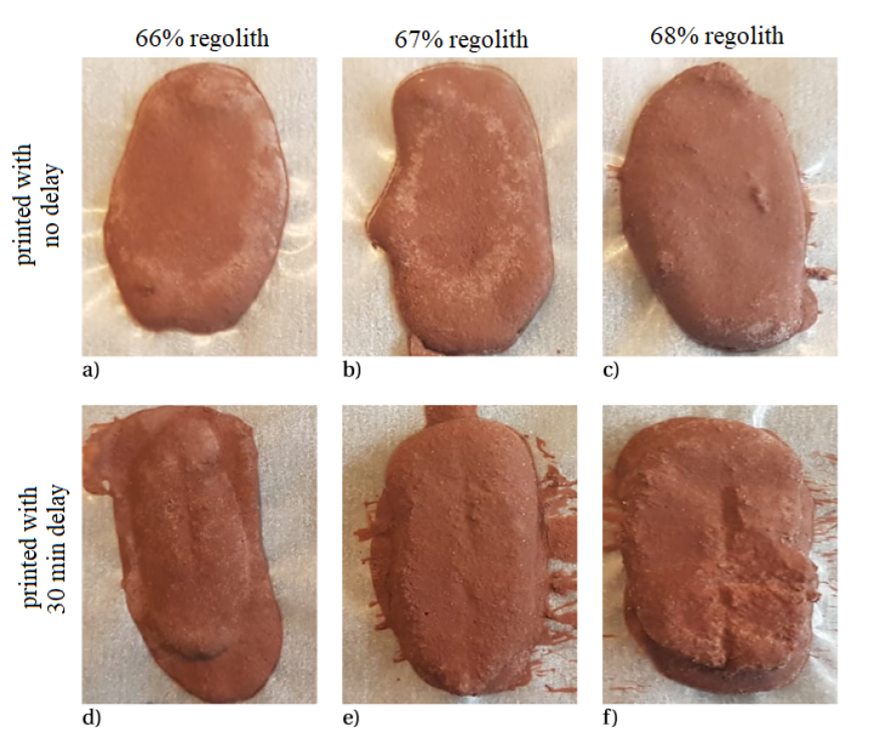
3D-printed specimens with different compositions and with/without delay
Understanding the Radiation Risk of Human Interplanetary Travels (ARCHER)
The main objective of project ARCHER was to deliver an economically and technically feasible CubeSat design which could realistically carry out the mission and characterise the interplanetary radiation environment. The feasibility of the design is an area that the team passionately pursued. Programs were written to plot lunar trajectories, calculate battery degradation, calculate average solar cell power generation, to optimise the heat sinks and find the angular impulse and also to calculate the link budgets. Industry standard software such as STK, ANSYS, CATIA and SPENVIS were used to ensure accurate results and test the design to a deep level. The project went as far as establishing interfacing between different subsystems, both for power and data flow.
In addition to this, two design phases were carried out, one for the mission profile and one for the system. Throughout both, systems engineering and project management was deeply embedded in every activity. This helped set deadlines, keep deadlines, guide decision making processes and ensure the project engineering adhered to strict and high standards. Systems engineering tools were not treated just as deliverables, but were actively used to engineer the subsystems, choose components and track changes. Concurrent design was also implemented to help iterate quickly through the early phases of the system design.
Many experts were sought out and consulted in order to draw on their knowledge and experience. Specialists from the European Space Agency, from CubeSat technology companies, experts in redundancy and reliability as well as component experts, were consulted and their feedback integrated into the design. Every avenue was pursued to better the design and pursue the teams goal of designing something with the potential to be real.
Importantly, throughout the entire project, the team worked hard and pulled together. A lot was learned and a real passion for the project developed. ARCHER is a mission the team is proud to stand behind and proud to present.
Watch the presentation of the project.
Returning to Saturn - Characterizing the Icy Moons and Rings (EPOSS)
The EPOSS mission was designed to be launched by the Falcon Heavy with eight scientific instruments on, chosen to fulfil the scientific requirements set by the team. Launch is scheduled on the 19th of April 2028 at the Vandenberg Air Force Base. With an interplanetary ΔV of 1330 m/s, the spacecraft will perform a Venus and two Earth flybys in order to reach Saturn, where it will intersect with Saturn’s orbit between the F and G rings. The Venus flyby offers the unique possibility to characterise the planet and to perform secondary science for interested stakeholders. The payloads MERMAG and VIMS, which perform solar wind and flux rope characterisation, and examine cloud processes and composition distributions of Venus will be used during this flyby. The spacecraft will spend 9.8 years in transit until arrival in the Saturn orbit in February 2038. The spacecraft will undergo four Enceladus flybys, in which the instruments will be used to perform plume and particle characterisation; and geophysical, remote sensing, and in-situ analysis of the moon.
Four Daphnis flybys will perform similar science measurements while the moon tour to reach the necessary destinations will give the opportunity to expand the current knowledge of other moons of the Saturnian System. MERMAG and MORE can be used for Saturn’s magnetic and gravity field. JANUS will be used to image the moons, whereas VIMS will characterise the surface composition. As last BELA and REASON will be used for the morphology and core characterisation and ENIJA and INMS will analyse the particles around and in between the moons. Using a ΔV of 231 m/s, end of mission will occur by flying the spacecraft into the moon Tethys in February 2044, unless the mission can be extended further if there is propellant remaining. Secondary payload can be implemented in the design by external stakeholders for secondary research because a spare of 230 kg still can be used without exceeding the maximum mass the launcher can launch.
The design of the spacecraft was undertaken in parts initially, with the trajectory and payload required to carry out the science objectives detailed first. Once this was done to a sufficient degree, seven other subsystems were sized almost concurrently. The current design allows for the carrying out of all primary science requirements in 457 Enceladean days of orbit around Enceladus, four Enceladus flybys and four Daphnis flybys. ADCS allows for three-axis stabilisation with the use of, accounting for system’s redundancy, three Star Trackers, three Sun Sensors, two IMU’s, four momentum wheels, and 16 RCS thrusters. A dual mode bipropellant main engine and monopropellant RCS system comprises the propulsion system. TT&C functions are carried out by use of one HGA using the Ka-band and two LGAs using the X-band with BPSK modulation and turbo coding. The C&DH system comprises of an Airbus OSCAR On-Board Computer, a NEMO Solid State Recorder along with associated cables and wiring. EPOSS relies on nine Americium based RTGs as its primary power source, supplemented by two Lithium-ion batteries. Thermal control consists of louvres, radiators, MLI, and coating as its external thermal control; while internal thermal control is carried out by the RTGs and the Capillary Pumped Loop. Finally, the main structure of the spacecraft is an Al 7075-T6, semi-monocoque strengthened cylindrical structure. It has a skirt for shielding from RTGs radiation with stiffeners and stringers for support. Mechanisms for radar deployment, magnetometer boom deployment, and antenna pointing are also included in the design.
The mission will cost 1.43 B € including all operations and accounting for 1229.9 kg of dry mass and a total of 4288.2 kg wet mass to be launched. EPOSS uses 351.7 W of nominal power drawn from nine innovative Americium RTGs and two Lithium-Ion batteries for secondary power. During the design of the spacecraft, an extensive risk analysis has been performed in order to ensure the reliability of the system and to mitigate the failures which would result from system faults. Risks that would lead to a mission failure include no signal transmission which is mitigated by including redundancies in the design. Apart from this, propulsion system failures such as valve failure and engine failure are also mitigated by including redundancies in the design. By considering methods and procedures to verify and validate the design, which include verification of design methods for each subsystem as well as testing methods for manufactured parts, the team feels confident that the mission can be performed to fulfil the requirements set in the beginning of the design phase.
Watch the presentation of the project.
